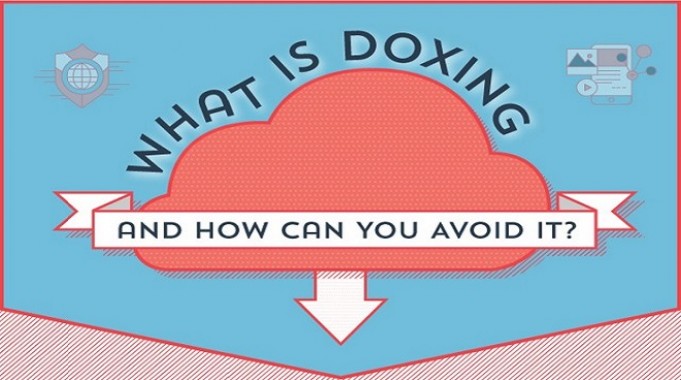The media dangerously misuses the word ‘trolling’
Republished from theconversation.com
The word “trolling” has become a media stand-in for online behaviours that are nothing to laugh about.
Journalist Ginger Gorman touched on this in her recent “Staring Down The Trolls” series, which explores the experiences of people who are harassed in digital spaces and offers advice on how to protect yourself. There is one semantic problem with the series though – none of the behaviours she describes are actually trolling.
When is trolling not trolling?
“Trolling” is commonly misused in the media (even I’ve done it).
To clarify, “trolling” refers to a specific act: throwing bait into the internet water in the form of deliberately provocative statements (not personal attacks, that’s “flaming”) and waiting for someone to bite.
It is not always wholly bad – it can be mischievous. For example, a person using a fake but fairly convincing customer service account schooled some homophobic Facebook users over their outrage at a 2015 Campbell’s Soup ad depicting gay dads.
This stands in contrast to the serious and dangerous behaviours Gorman describes in her story, including an online group who reportedly “try to incite vulnerable people to harm themselves”.
‘Real world’ suffering
Conflating jokes and death threats with “trolling” makes it difficult to legislate or create effective policy around the issue.
This is perhaps understandable, given that the word has been applied to behaviours ranging all the way from innocuous rickrolling to deliberately targeting someone with cyberhate and publishing their personal details online – a move known as “doxing”.
This makes it harder for victims to be taken seriously and get proper help. To say “I’m being ‘trolled’” is nearly always met with advice to “just block them”, “don’t go on the internet”, or the ubiquitous “don’t feed the trolls”.
In fact, by linking “trolling” with abusive behaviours that would be met with swift action in the physical world, we have made it easier for law enforcement to respond dismissively.
As UNSW’s Emma Jane points out in the book Cybercrime and its Victims, the use of the term “trolling” creates a false sense that the online world is separate from the “real” one. It is not.
Indeed, as Gorman explains in her series, these threatening online behaviours can spill over and invade our homes and workplaces. She told me that some of the victims she spoke with “have been so frightened for their safety and the safety of their children, they’ve moved house”.
The very purpose of doxing someone is to facilitate this offline harassment, as those targeted during Gamergate – including video game developer and now aspiring politician Brianna Wu – discovered.
Dangerous people are not just ‘trolls’
Gorman’s interview with “vicious and committed internet troll” Mark shows just how dangerous the types of people who engage in cyberhate can be.
Mark may be many things, but he is no troll. The portrait Gorman paints is one of a person whose destructive behaviour and, as she writes, “psychopathic tendencies”, goes far beyond mere internet pranking.
Mark and the group he works with, by his own admission, aim to harm people. By letting him (and others like him) say they are only “trolling”, we are “actually [providing] a cop-out … for real dirt-bags who claim they were ‘just trolling’”, as an interviewee says in Whitney Phillips’s book, This is Why We Can’t Have Nice Things.
Academics and journalists – and particularly those of us with a foot in both worlds – have a responsibility to call things what they really are. Giving these actions their correct name also matters if we are to hold ourselves accountable for our own online behaviour. As Phillips points out,
For every shrill, sensational article that condemns trolling behaviours while replicating trolling tactics, there will be a thousand trolls more than happy to rise to the media’s occasion.
It becomes even more important if you are trying to draw attention to the seriousness of the effects of cyberhate and threatening behaviours.
Of particular concern is the realm of “digilantism”, which Gorman mentions, in which people fight back against their online abusers by outing them. For instance, publishing personal details, including their place of work. This is still doxing and it can have serious consequences for all involved, even if done defensively.
In the absence of better terminology, Gorman acknowledges trolling is a “catch-all” with real shortcomings. “[It] actually detracts from the work that I do in bringing attention to this issue because it obscures the seriousness of what cyberhate targets are experiencing,” she told me.
By calling these behaviours what they really are - Gorman suggests words like “cyberstalking, cyberviolence, cyberhate and technology-enabled abuse” - we can better equip people to understand the gravity of the situation. From there we can start to figure out effective ways to help.
Jennifer Beckett is a Lecturer in Media and Communications, University of Melbourne
Disclosure statement
Jennifer Beckett does not work for, consult, own shares in or receive funding from any company or organization that would benefit from this article, and has disclosed no relevant affiliations beyond the academic appointment above.
